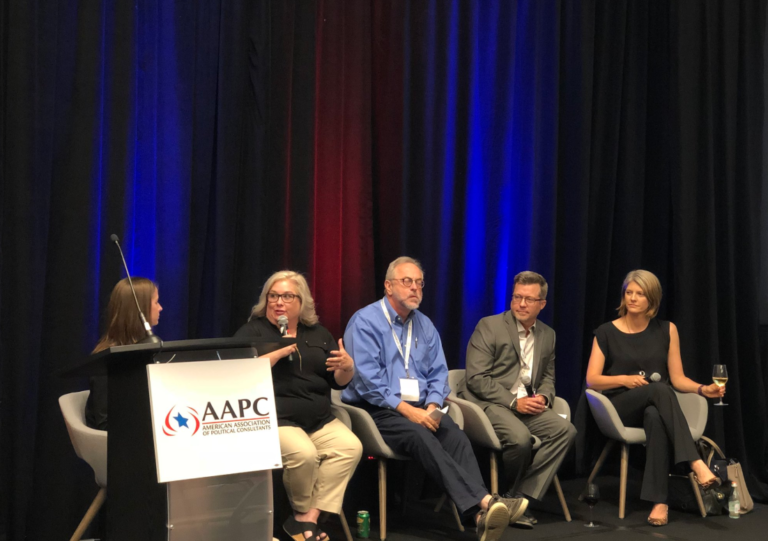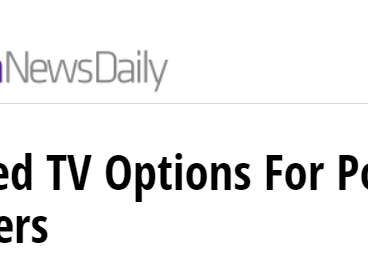AAPC Conference: 3 Connected TV Takeaways for Political Advertisers

Author: Dennis Williams, Director of Sales, TEGNA.
Last month, I spoke at the American Association of Political Consultants (AAPC) Sacramento Regional Conference on The Evolving Media Buying Landscape panel to share insights on how Connected TV or OTT advertising offers an entire new medium of opportunities for political advertisers.
Connected TV advertising was practically non-existent during the 2016 elections. Today, with nearly 200 million OTT viewers in 2018, Connected TV is TV. While there’s still more education needed in the political arena, savvy political consultants and media buyers are increasingly seeking OTT as an important part of their media mix for the midterm elections. The considerations for political campaign spending on OTT is like any media buy: the budget, the desired reach, demographics and targeting.
Here are three takeaways from the session:
Target the voters that matter with precision – There’s an entire generation of voters that will have never had traditional TV and they are becoming increasingly influential. To reach these so called cord-nevers and other voters that matter, political advertisers need to be armed with richer data. What makes OTT highly appealing for political campaigns is the ability for precision targeting. Working with a premium video ad network like Premion, you can leverage richer datasets to target voters by political affiliation, congressional district, income, education level and other interests.
Not all data is created equal – Audience segmentation in OTT is truly deterministic and addressable down to an individual level: Data can be collected on the true viewership level and matched back down to the individual person within a household through new technology. By using first party data, you get actual viewing habits unlike data that’s collected using lookalike models from attributes and interests, such as on Google and Facebook: this data may not reflect actual consumer habits but what they aspire to do or wish they did. Clearly, a viewer’s actions are stronger than their words when it comes to data.
The power of one-to-one relationships – One of the biggest strengths of OTT is that it connects advertisers directly to individual voters, a one-to-one approach. We know the person who is watching a specific program and what device they are using. In a high stakes political campaign, getting the right message out to sway undecided voters can literally make or break your campaign. As such, the ability to customize campaign messages depending on who is watching the content is invaluable.
Today, OTT is addressable: we can serve different ads to different voter segments watching the same programming. With the increasing sophistication in targeting, it’s clear that OTT will become table stakes in the media plan for every large scale political campaign.
How effective is your midterms media campaign? Let’s have a conversation.

